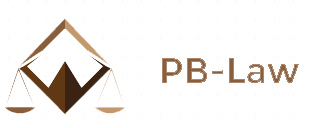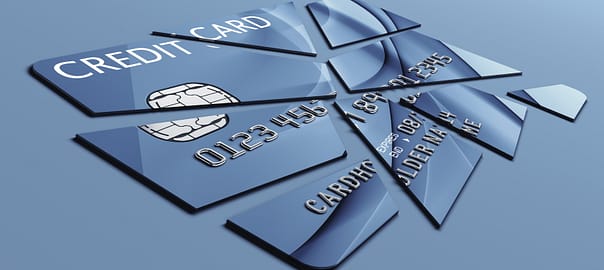In the past, Chapter 7 bankruptcy was typically used as a last resort for individuals that were handling mountains of financial obligation. Bankruptcy was originally enacted by Congress to offer individuals a 2nd opportunity and a fresh start after being in financial distress.
 When people started abusing the bankruptcy laws, in 2005, Congress made changes to the bankruptcy code making it much harder to apply for Chapter 7 bankruptcy. With the existing laws, people that would have filed Chapter 7 in the past are now forced to file a Chapter 13 bankruptcy. Formerly, individuals who would abuse the bankruptcy system would add their credit card financial obligation and file chapter 7 to clean it out allowing them just to do it over once more. Many of these people have a consistent substantial income and might have paid their financial obligations back gradually. Because of these people, creditors, lobbied Congress to change the bankruptcy laws. You could find out which bankruptcy law suits you best by consulting a bankruptcy attorney who will be up to date with the latest requirements.
When people started abusing the bankruptcy laws, in 2005, Congress made changes to the bankruptcy code making it much harder to apply for Chapter 7 bankruptcy. With the existing laws, people that would have filed Chapter 7 in the past are now forced to file a Chapter 13 bankruptcy. Formerly, individuals who would abuse the bankruptcy system would add their credit card financial obligation and file chapter 7 to clean it out allowing them just to do it over once more. Many of these people have a consistent substantial income and might have paid their financial obligations back gradually. Because of these people, creditors, lobbied Congress to change the bankruptcy laws. You could find out which bankruptcy law suits you best by consulting a bankruptcy attorney who will be up to date with the latest requirements.
With the new laws in force, there are more requirements for the debtor to get bankruptcy. The two primary chapters for individual bankruptcy are still available, Chapter 7 and Chapter 13. Chapter 7 is also known as a straight bankruptcy that will wipe out all unsecured financial obligations while enabling the court to liquidate any vulnerable assets to pay back the lenders. On the other hand, Chapter 13 is called a wage earner bankruptcy. This is because the court works out to rearrange the debt by establishing a 3 to 5-year payment plan. There are still numerous common bonds between the two kinds of bankruptcy, most significantly, the Automatic Stay. Also, nowadays when filing bankruptcy under any chapter, all debtors are required by the court to take a pre-filing credit therapy course and a post-filing monetary management course.
If the debtor is put in a Chapter 13 bankruptcy, they are needed to keep a family spending plan throughout the 3 to 5-year repayment plan. Some people decide that Chapter 13 bankruptcy would work best for their scenario to safeguard assets. While submitting a Chapter 13, the court will certainly select a trustee to keep track of the financial resources of the debtor as they associate with the bankruptcy case. The court requires those filing, to be responsible following a payment plan to get from financial debt in no more than five years. For many, this makes Chapter 7 sound like a jewel. At first glimpse, Chapter 7 seems like a piece of cake if you qualify. Although, everything is not as great as it seems.
With all the advantages, there is constantly a disadvantage too. One question that gets frequently asked from bankruptcy lawyers is, What won’t individual bankruptcy do? Declaring bankruptcy is not always a cure to all to your debt problems. Many individuals think that if they file bankruptcy, they can wipe out the financial obligation and keep the assets. This is not true. The guideline to make use of is, if you didn’t pay for it you cannot keep it. Even in a bankruptcy, financial obligations that are protected are not taken away.
question that gets frequently asked from bankruptcy lawyers is, What won’t individual bankruptcy do? Declaring bankruptcy is not always a cure to all to your debt problems. Many individuals think that if they file bankruptcy, they can wipe out the financial obligation and keep the assets. This is not true. The guideline to make use of is, if you didn’t pay for it you cannot keep it. Even in a bankruptcy, financial obligations that are protected are not taken away.
In most cases, lenders will need a reaffirmation contract for an asset that you want to keep. This agreement will certainly restate that you will continue to make the payments to keep that asset. Examples of protected assets are real estate, cars, and sometimes furnishings. Another disadvantage to declare bankruptcy is, it will now stay on your credit history for 7 years for Chapter 13 and 10 years for Chapter 7. Personal bankruptcy is not always the right selection for everybody.

